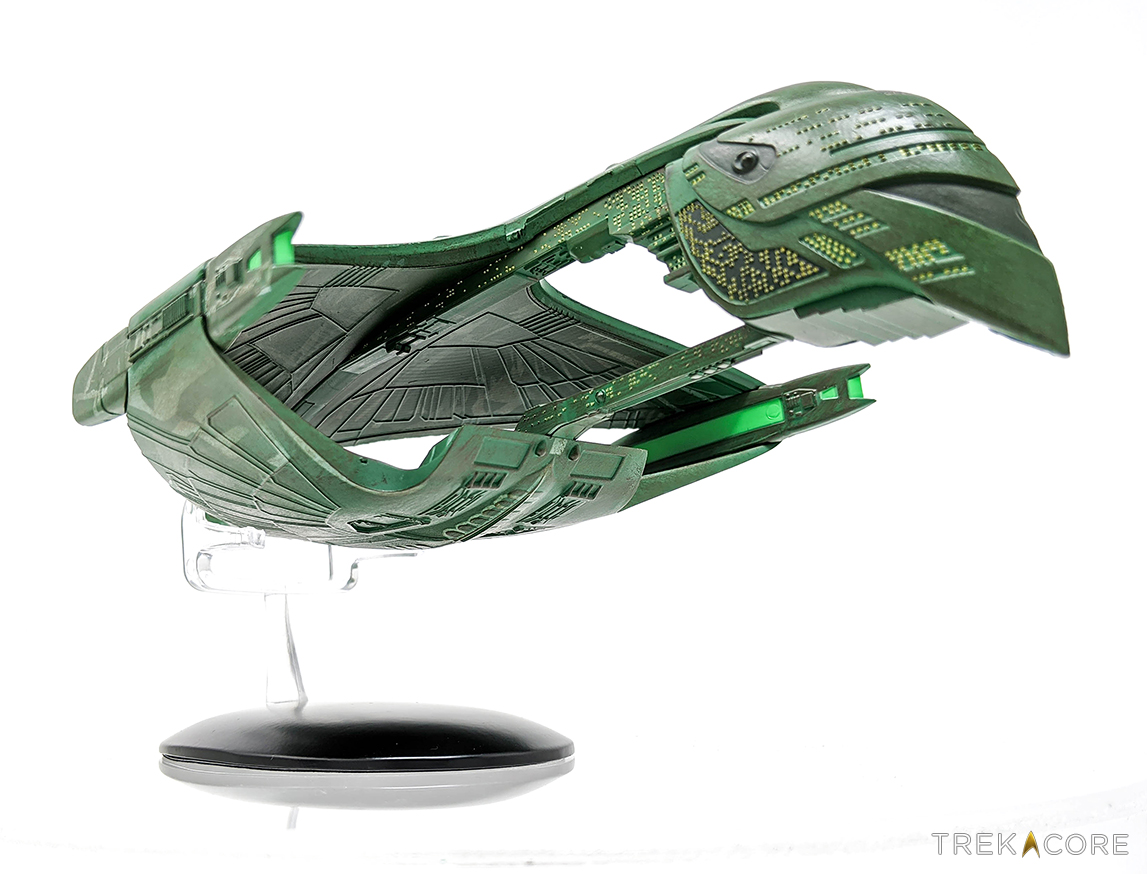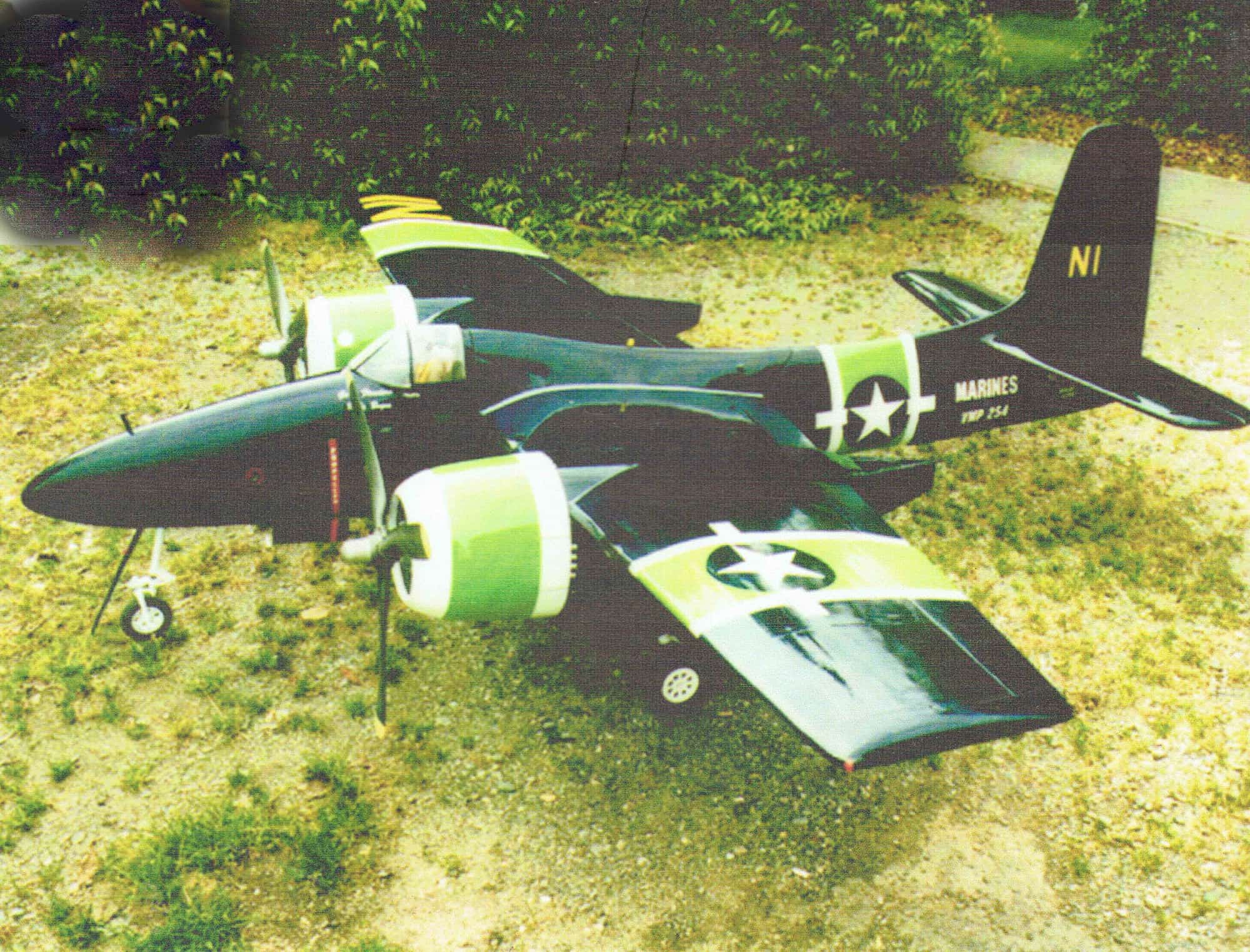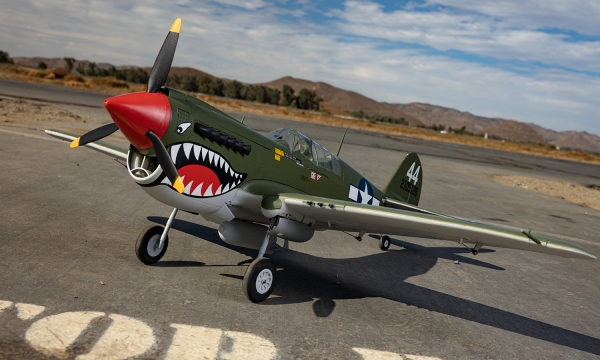

When sufficient speed has been reached, add a little UP elevator and the warbird should lift off, into a dawn patrol! Keep rolling straight down the runway, by using the rudder and build speed with the slow advance of the throttle. Watch it does not rise too fast and cause a nose over. Keep a little UP elevator on and watch for the tendency to turn to the left ( Hold in a little right rudder.) As speed increases, slowly release the UP elevator and the tail should rise. If you take off ,rather than hand launch, then you must master the ground handling!Īlways take off into the wind and advance the throttle slowly. When it comes time to balance the model, do not spare the nose weight! It is better to have a heavier airplane than try to fly a tail heavy monster! For more information on balancing your Radio Controlled Planes take a look at this page.Īll World War 1 planes are tail draggers. If you are building from model airplane plans, then keep everything behind the balance point as light as possible! Especially the tail and rudder. Bare this in mind, when assembling your RC airplane and keep as much weight as far forward as possible.

Warbirds models full size#
Many of the full size planes were powered by rotary engines, that were very heavy and so the noses were comparatively short. The new WARBIRDS Spitfire kit has been designed around this motors dimensions, so it will fit. Most of them are biplanes and are full of character. Radio Control Scale Aircraft Models for Everyday Flying. RC World War planes have been popular for a long time. The DIY drone: Build it yourself from a kit.
Warbirds models free#

Diecast metal and plastic construction for durability and a heavy, realistic feel.Dimensions approximately Length- 3.75, Wingspan- 4.75 inches.Made of diecast metal with some plastic parts.Manufacturer's original unopened packaging.

Brand new 1/72 scale diecast model of Polikarpov I-16 Fighter Plane (USSR 1933) die cast model by Warbirds of WWII.


 0 kommentar(er)
0 kommentar(er)
